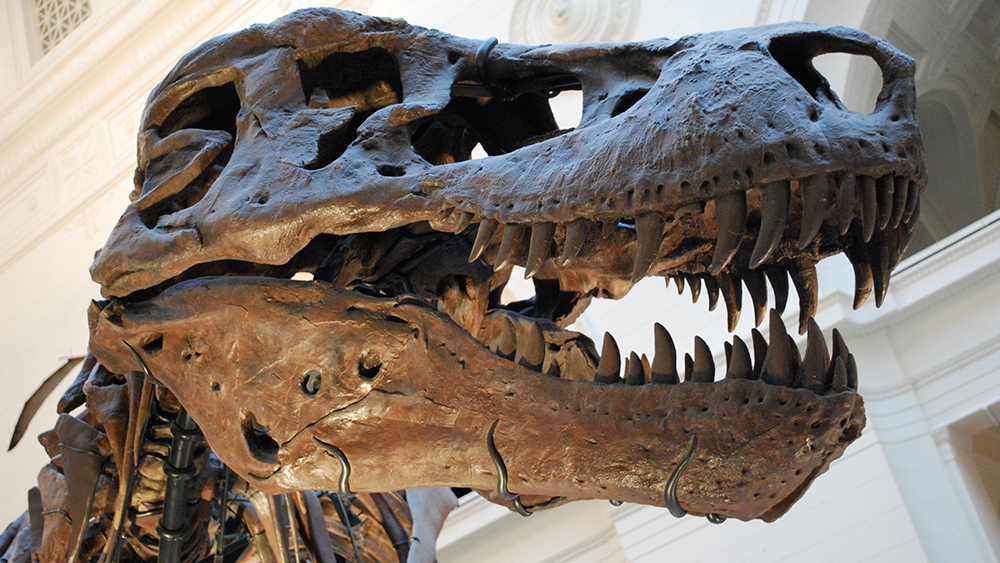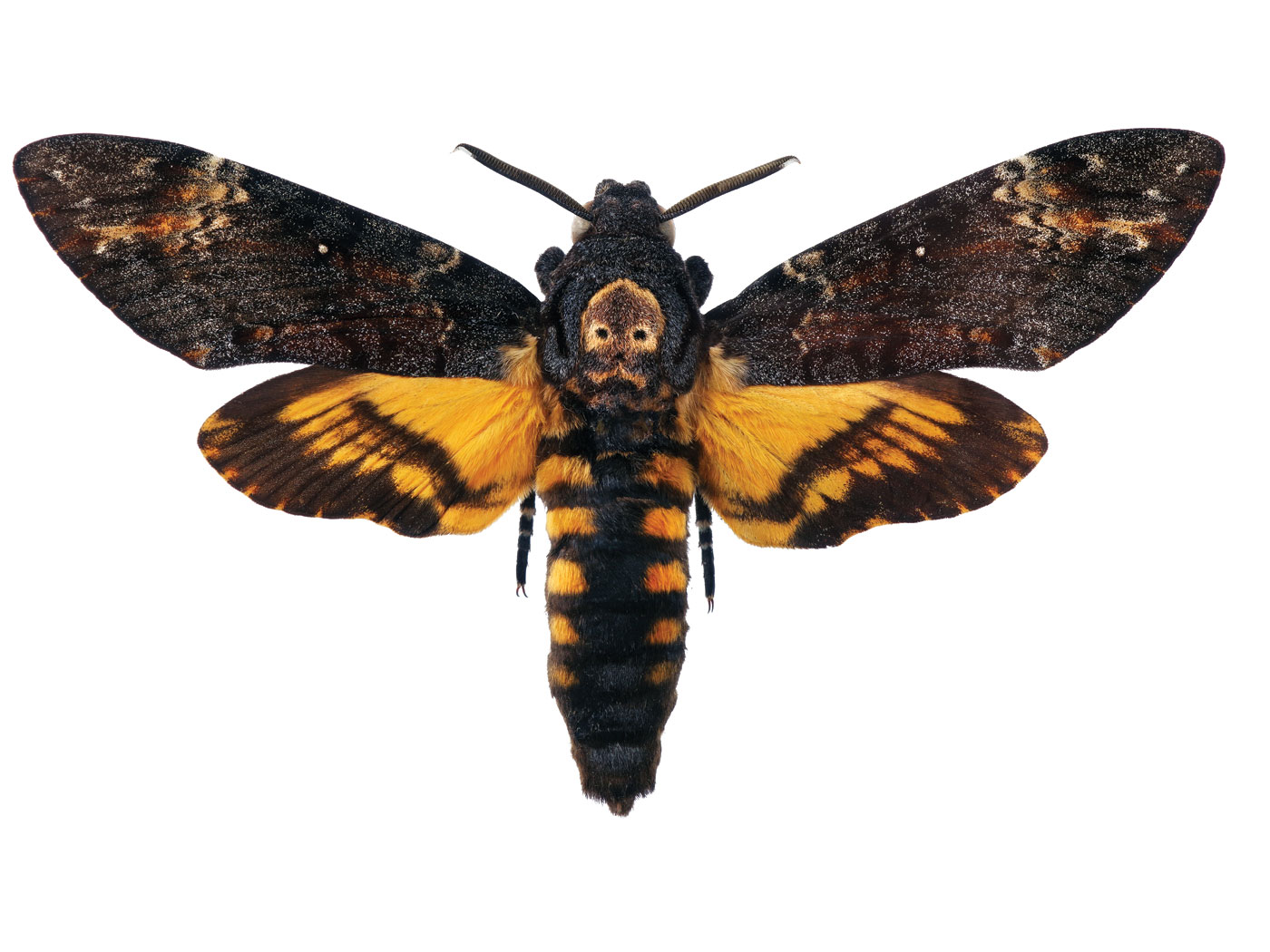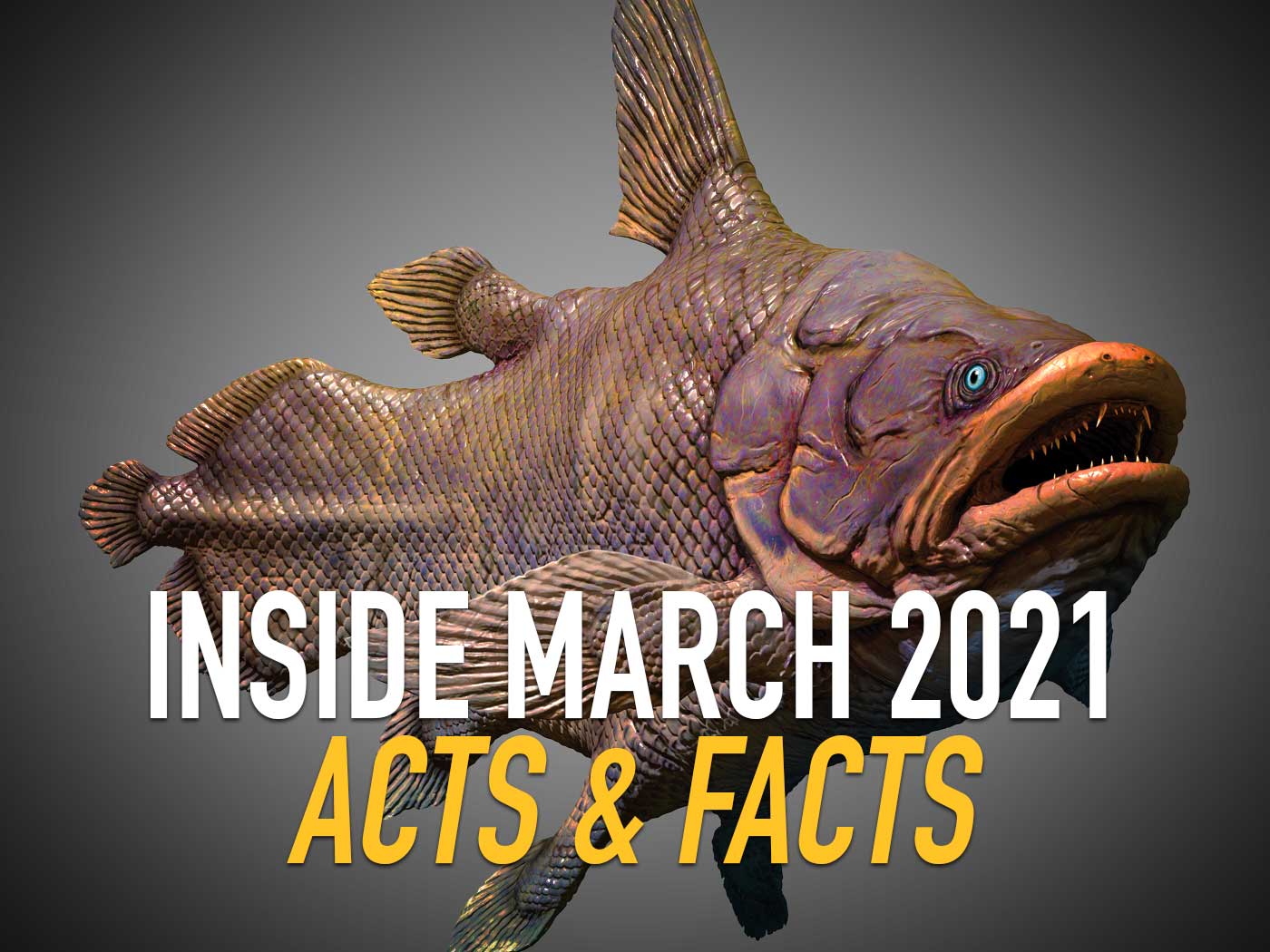The last time I checked, sharks didn’t swim on land. Most shark species inhabit saltwater oceans. Maybe tyrannosaurs swam some, but they didn’t dwell in oceans. Yet somehow sharks and tyrannosaurs died and were buried together. This curious combination calls for a big rethink on an issue that a new study just made bigger.
Somehow sharks and tyrannosaurs died and were buried together. ![]()
Despite common claims of how dinosaurs buried in the Hell Creek Formation lived in freshwater wetlands, paleontologists keep finding marine creature look-alikes, including clams and shark teeth, among the dinosaur fossils.1 If these sedimentary layers represent ancient living conditions, then why do they show such strange mixtures of sea and swampy life?
Publishing in the Journal of Paleontology, North Carolina State University (NC State) lecturer Terry Gates led a study of small shark teeth extracted from the Hell Creek. This fossil rich site in South Dakota once held the famously large and complete Tyrannosaurus rex nicknamed “Sue,” held today at Chicago’s Field Museum.2
The Hell Creek shark teeth look like those of modern carpet sharks. “Orectolobiformes [carpet sharks] only dwell in the saltwater environments of the world’s oceans and seas,” according to sharksinfo.com.3 If carpet sharks live only in salt water, then why did the NC State news reporting this find instead say these teeth came from a “species of freshwater shark?”4
The answer relates to the assumption that the fossils at this site—and by extension all fossil forms buried in the vast Hell Creek Formation of the Western United States—represent an intact, ancient ecosystem. But no normal ecosystem mixes marine clams and sharks with freshwater turtles and amphibians, as the Hell Creek fossils show. The alternative to an ancient ecosystem is an ancient watery catastrophe. What’s wrong with that idea?
Cretaceous carpet shark teeth look very similar to today’s carpet shark teeth. If those ancient sharks lived in deep oceans like they do today, then one would need a catastrophe greater than any that occur today to sweep numerous ocean creatures onto ancient wetlands and mix the very different animals and plants that got suddenly buried in Hell Creek’s dirty sands.
References
1. Hartman, J. H. and J. I. Kirkland. 2002. Brackish and marine mollusks of the Hell Creek Formation of North Dakota: Evidence for a persisting Cretaceous seaway. In The Hell Creek Formation and the Cretaceous-Tertiary Boundary in the Northern Great Plains: An Integrated Continental Record of the End of the Cretaceous. Hartman, J. H., K. R. Johnson, and D. J. Nichols, eds. Special Paper of the Geological Society of America. 361: 271-296.
2. Gates, T. A. et al. New sharks and other chondrichthyans from the latest Maastrichtian (Late Cretaceous) of North America. Journal of Paleontology. Published online before print, January 21, 2019.
3. Meyer, A. Sharks – Orectolobiformes. Fact Sheet.
4. Peake, T. Ancient Carpet Shark Discovered With ‘Spaceship-Shaped’ Teeth. NC State University News. Posted on news.ncsu.edu January 21, 2019, accessed January 28, 2019.
Stage image: Sue at the Field Museum in Chicago
Stage image credit: Wikipedia. Used in accordance with federal copyright (fair use doctrine) law. Usage by ICR does not imply endorsement of copyright holders.
*Brian Thomas is Science Writer at the Institute for Creation Research.





















